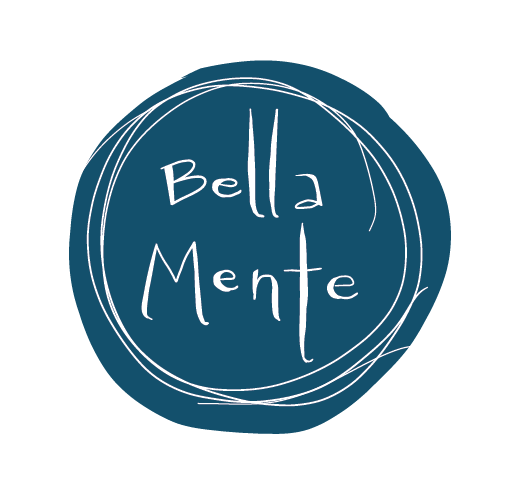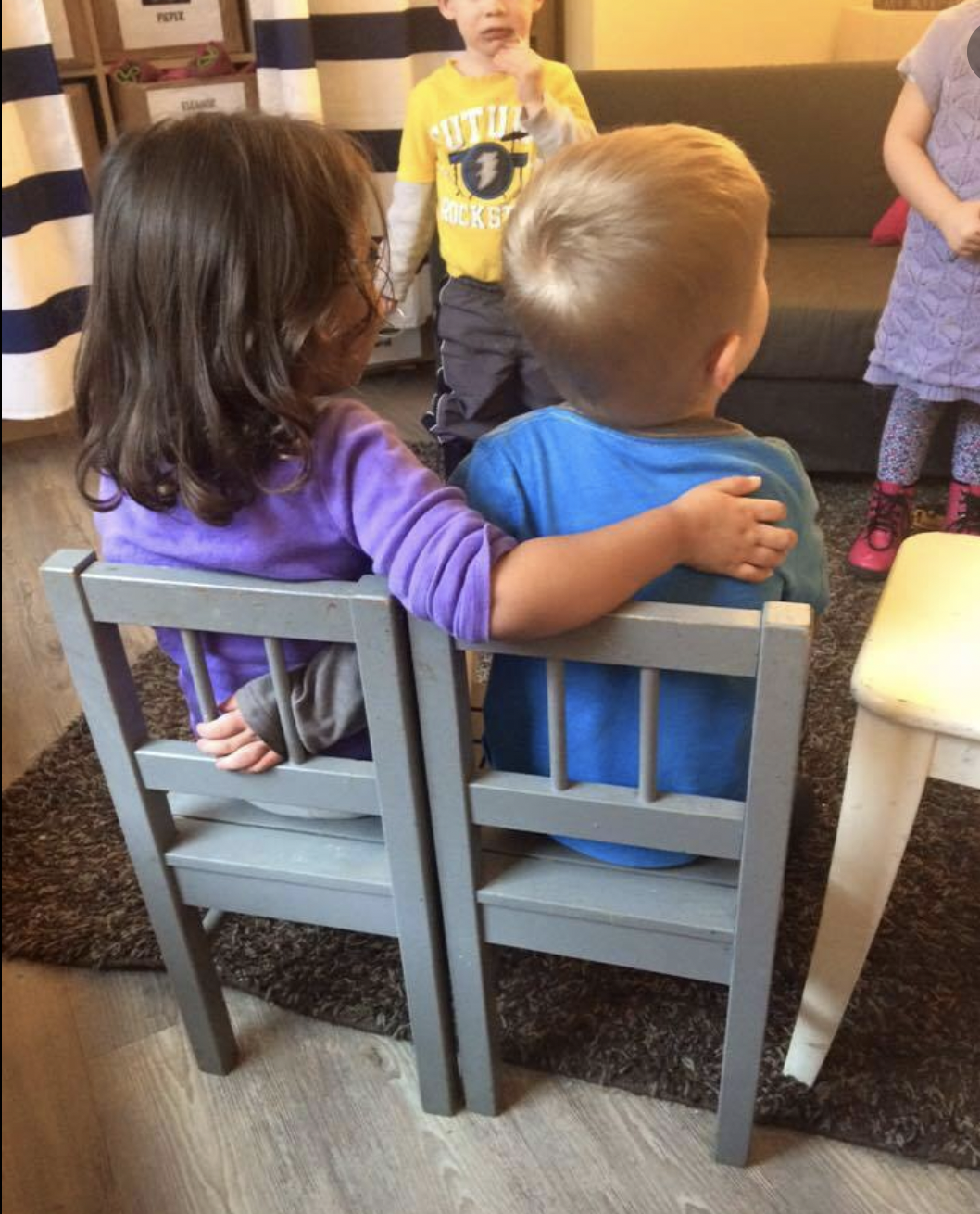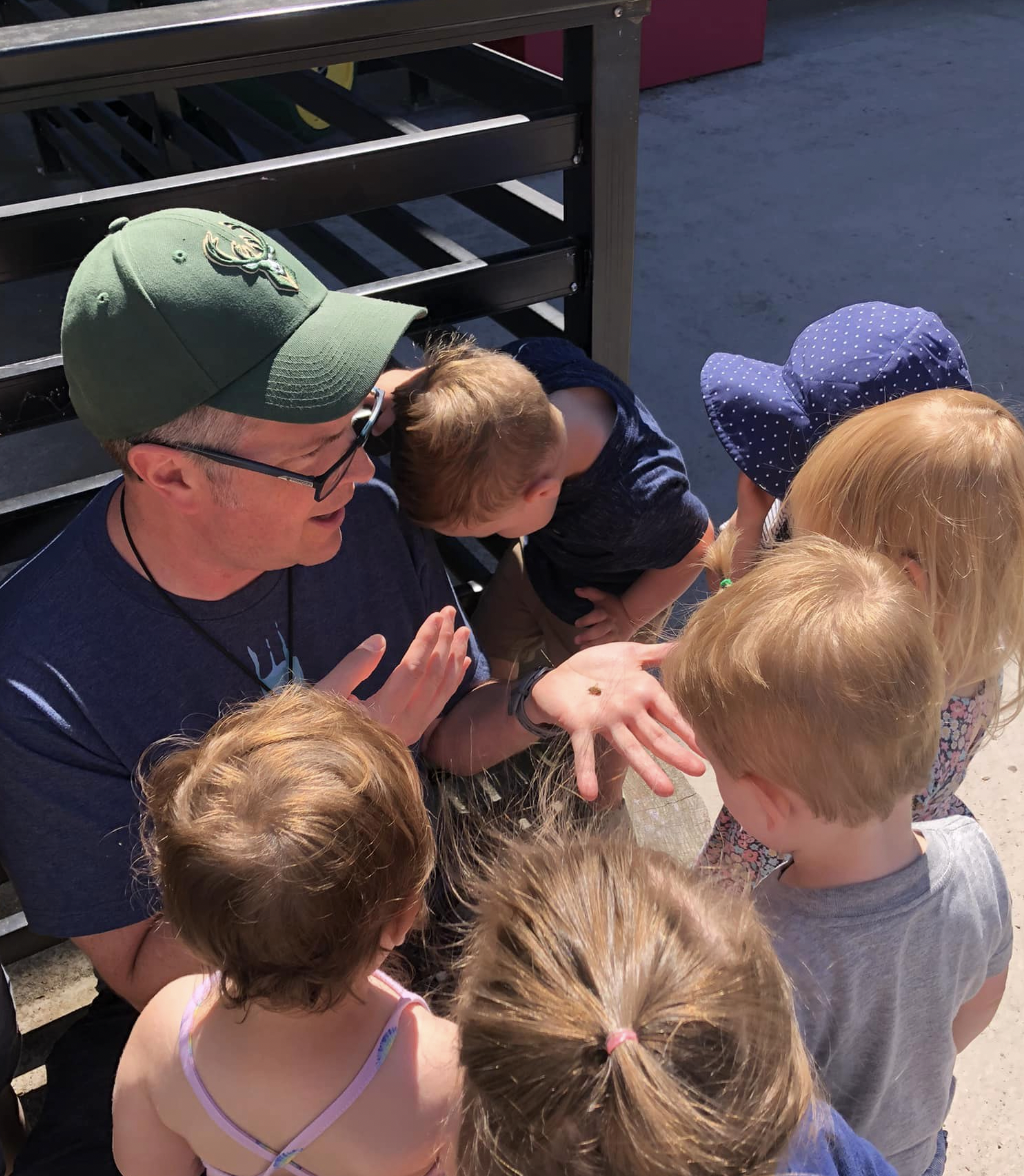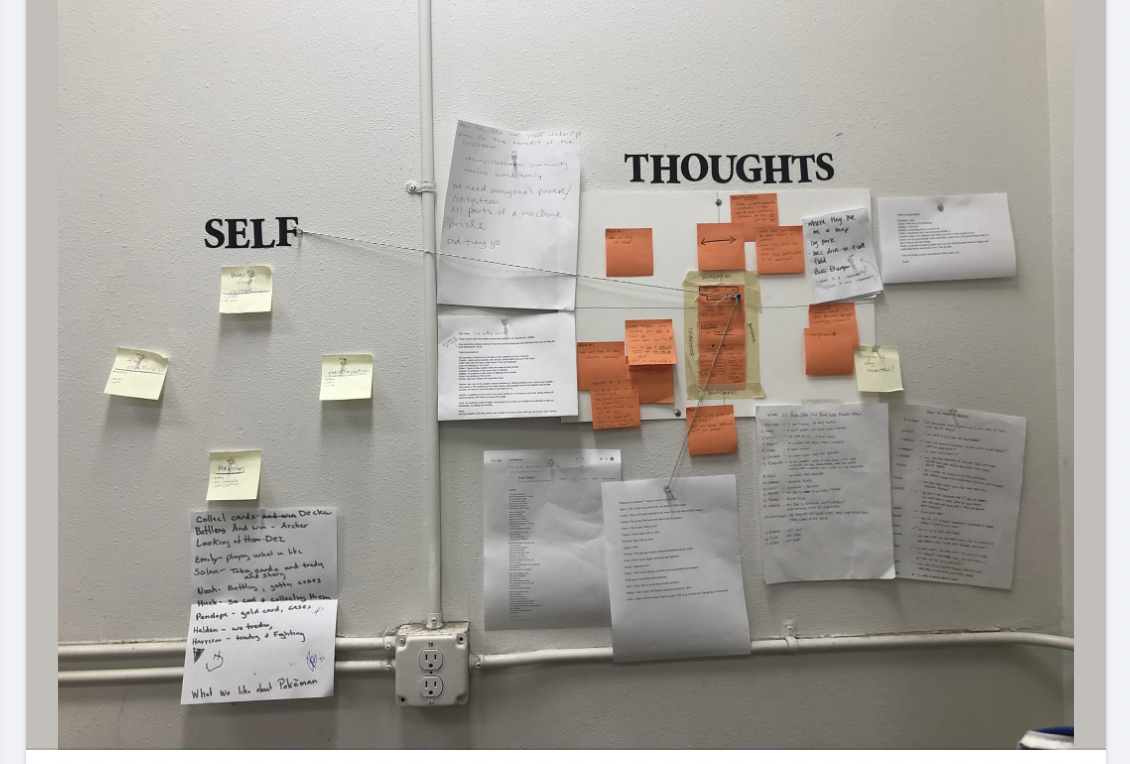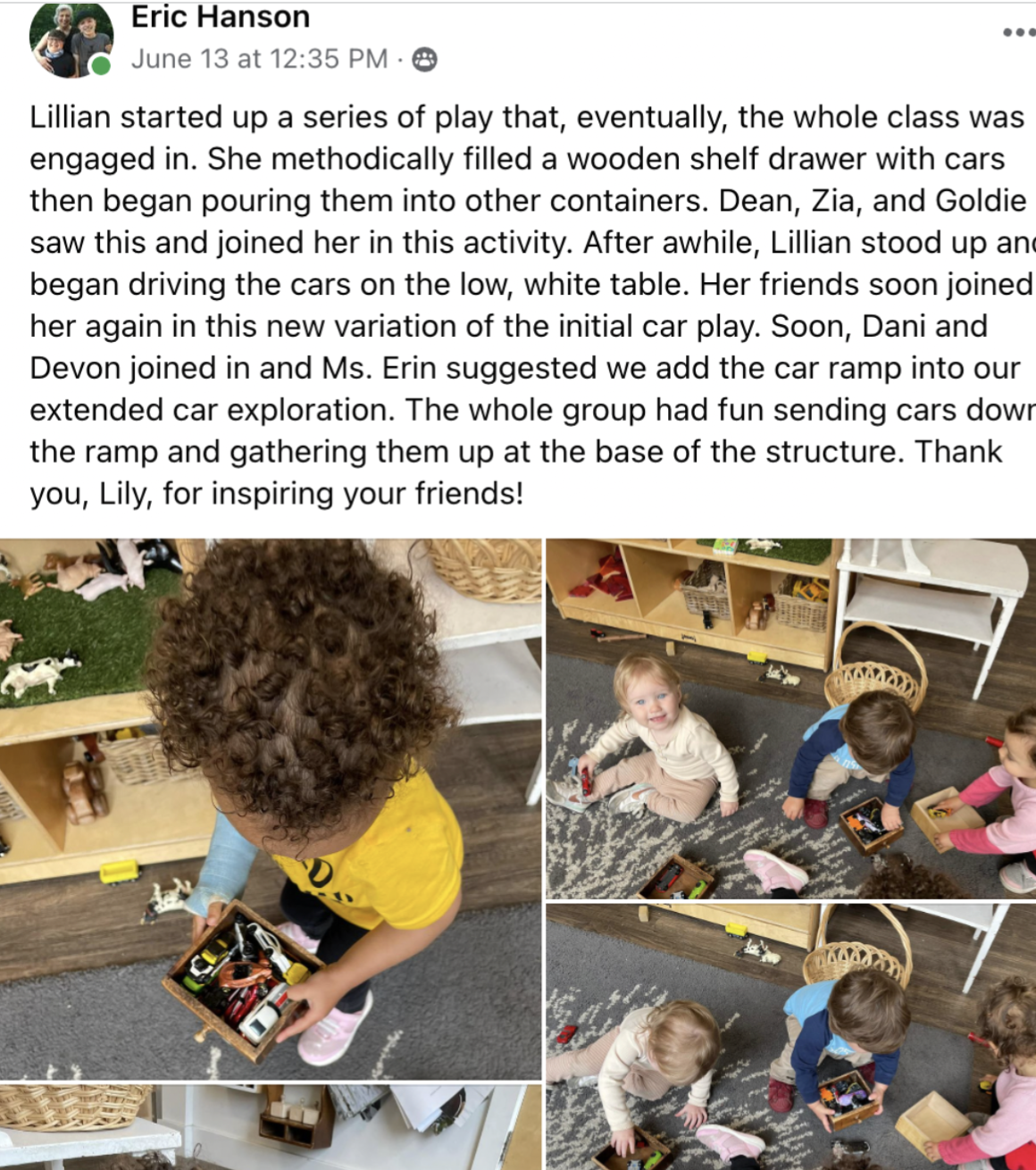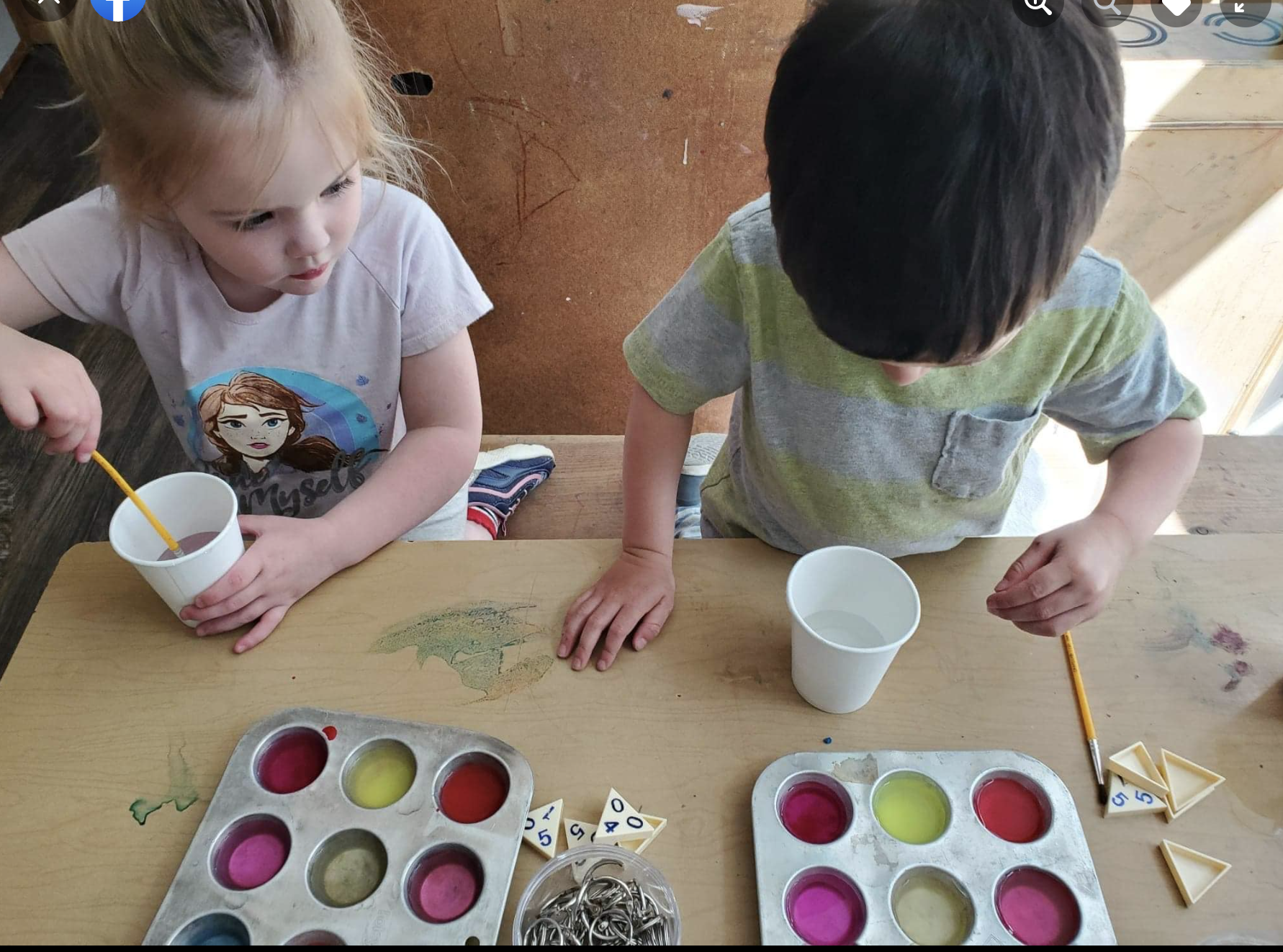Training
Trainings and Resources for all the Key “Buildings” on the island
Image of the Child
“There are hundreds of different images of the child. Each one of you has inside yourself an image of the child that directs you as you begin to relate to the child. This theory within you pushes you to behave in certain ways; it orients you as you talk to the child, listen to the child, observe the child. It is very difficult for you to act contrary to this internal image”
Role of the Teacher
In our classrooms teachers are co-learners. They learn alongside the children and collaborate with them as they dive into topics of interest. Teachers are responsible for creating an environment that promotes inquiry, discovery and exploration.
Inquiry and Observation
Inquiry and Observation are our tools to discover the interests in our classrooms. Our goal is to make tangible the patterns of interests that come up so we can incorporate them into our provocations throughout the room. It is important to find a place to display your observations and take note of what comes up frequently. Inquiry and observations allow us to follow authentic interests in our classrooms and take direction from there.
Project Work
The project approach is a method of teaching that allows children to conduct an in-depth investigation on topics that interest them. It utilizes observation and inquiry to gauge where the interests are in the classroom and then integrates provocations to scaffold the children’s knowledge or skills.
Documentation
Documentation is a way for us to make the learning visible in real time to the students, teachers and parents. We utilize many forms of documentation and this section will explore Facebook posts and classroom documentation.
Portfolios
Portfolios are a unique way to document the growth and learning that happens for an individual child. This binder serves as a place to collect documentation such as anecdotal notes, observations, photos and art work to highlight the child’s learning process.
Process Art
A master in process art is someone who has truly let go of product based art. They understand the variety of mediums that can be used, resources that can be integrated and know how to support the creativity of the child. A master in process art will set up provocations that invite children to explore the materials in front of them. Their interactions are a mixture of observation and open ended questions, as not to disrupt the process.
Provocations
A provocation is an invitation to play. Provocations can be set up throughout the classroom and they incorporate key learning components such as math, literacy, imaginary play, sensory, art, fine motor development. In our setting we use topics the children are interested in to inspire our provocation set ups. The goal is to have a variety of provocations set up around the class and to draw the students to different areas of the room. The energy of the classroom will reflect the types of setup that are present. When classrooms appear “chaotic” and the children are not sure where to engage it is up to the teachers to “reset” and set up new provocations to redirect the energy and focus.
Loose Parts
Loose parts create an opportunity for children to use their imagination in their play. When a toy has a sole purpose, or specific use it can stifles what a child is gaining from the experience. Loose parts have no specific use. Children can use these items however they need in their play. Loose parts can be recycled goods, natural items, sorted by colors, sizes, shapes etc. You can find loose parts inside the classroom and on the playground.
